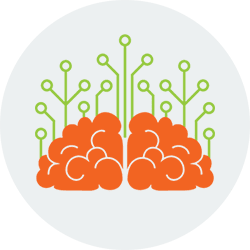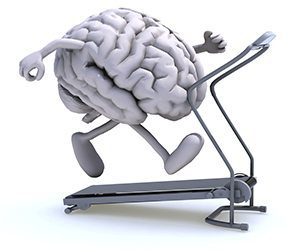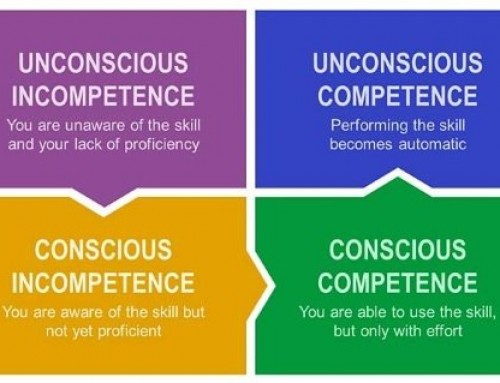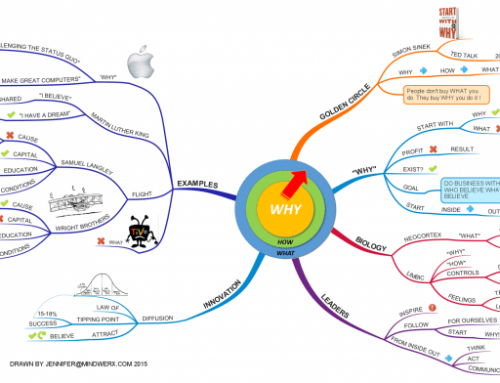 Some time ago I watched a fascinating interview with Psychiatrist Dr Norman Doidge who has researched the science behind neuroplasticity and written a great book… The Brain that Changes Itself.
Some time ago I watched a fascinating interview with Psychiatrist Dr Norman Doidge who has researched the science behind neuroplasticity and written a great book… The Brain that Changes Itself.
Here are a few key points that struck a chord …
“In recent years, many experts have changed the way they think about the brain and now believe it can actually reinvent itself. The theory’s called neuroplasticity, the idea that the brain can build new connections to compensate for injury or disease.
We are still at the beginning of what we know about the brain“if you just calculate the sheer number of connections that – and states in which these – our many, many brain cells can be in, the brain can put itself into more states, if you will, than there are known objects in the universe. So, it would very arrogant to assume that we’re anywhere near the end
“neuroplasticity is not only mainstream, it’s not a theory, it’s a fact.”
There are two major causes of cognitive decline in old age:
- Alzheimer’s Disease – If you live to age 85 you have almost a 50 per cent chance of developing Alzheimer’s disease.
- Age-related cognitive decline – More common than Alzheimer’s and almost everybody “begins to get in their 30s when they occasionally forget something. By the time they’re 50, they’re really kind of worried about how often they will walk into a room and forget why they were there. Age-related cognitive decline ties back a major epochs of plasticity, this long period in middle age when all that we do is replay mastered skills.
If you want to keep a brain in shape, you can’t just do what you always do. If you want to get your heart in better shape, at a certain point you want to do some interval training, you want to get your heart rate up. And you have to do the same for your brain. Spending all middle age reading the newspaper, watching television or dancing the old dances will not give our brain enough stimulation. We need novelty, learn new dances, tax our brain – just like we had to tax our brain trying to learn a new language at high school
A form of plastic change, invented by Dr. Paul Bach-y-Rita, is called sensory substitution. He was the first of a generation to start arguing that the brain could re-adapt to devastating losses. A woman with a bad balance impairment wore a special cap that allowed her brain to adapt.Over time they noticed that after she took the cap off there were a few seconds that she still had her balance. Her brain was training itself and making new pathways. After a year of wearing it, she no longer needed it as her brain rewired itself.
One tenant of brain plasticity is that people can do brain exercises to help the brain adapt, particularly children with learning difficulties and language impairment. Children who have reading problems based on auditory processing difficulties, have to listen to very elemental sounds. If you slow speech and incrementally speed it up it helps with comprehending speech, reading, writing and “even with their mental discourse inside their heads.
”Aspects of rote learning, dispensed with in the 1960s because they were thought to be boring and irrelevant, actually are very, very good for your brain. For instance, children often had to memorise long poems. Well, this really builds up the RAM, if you will, or the auditory memory, in a very significant way.…when they go through handwriting exercises, they, improve their handwriting,” but they’re also able to speak better in public because that requires turning symbols into motor movements, and their reading often improves because you have to move your eyes across the page and take in just the right size of eye gulps to read at a good speed. So a lot of these things actually gave a kind of mental grace and by dispensing with them, I think that there was a loss.”








Leave A Comment
You must be logged in to post a comment.